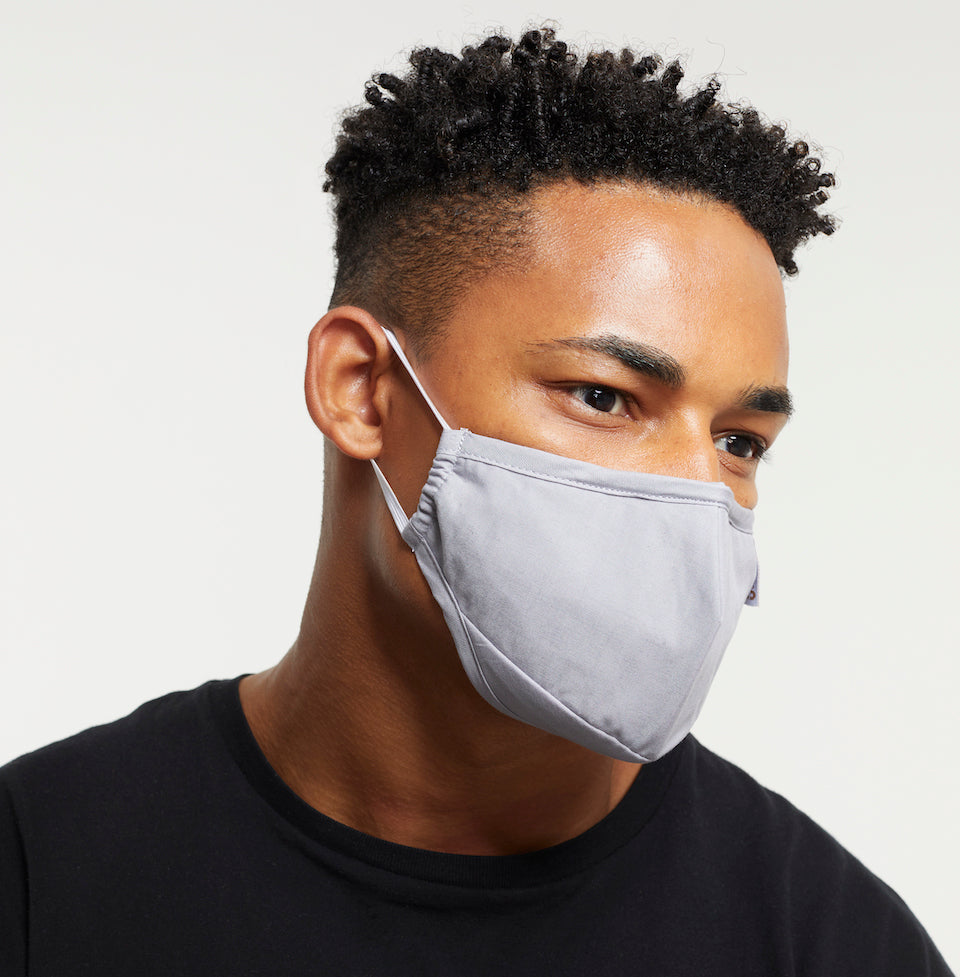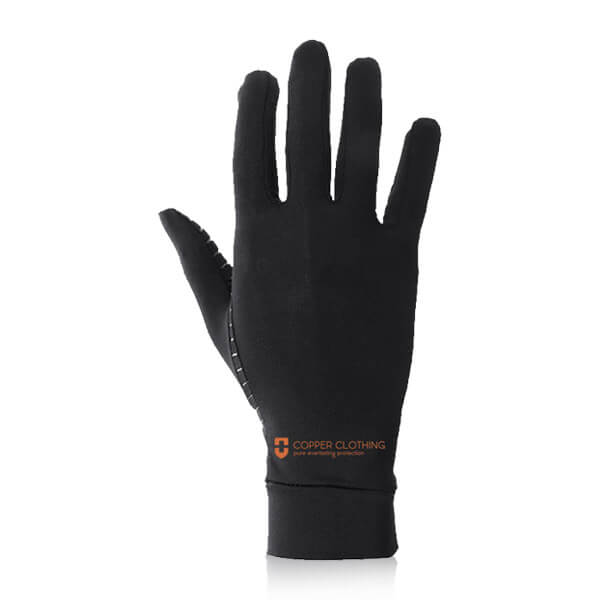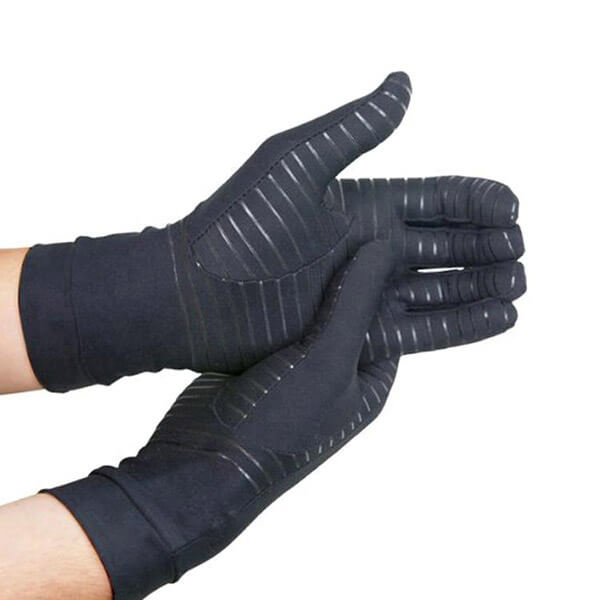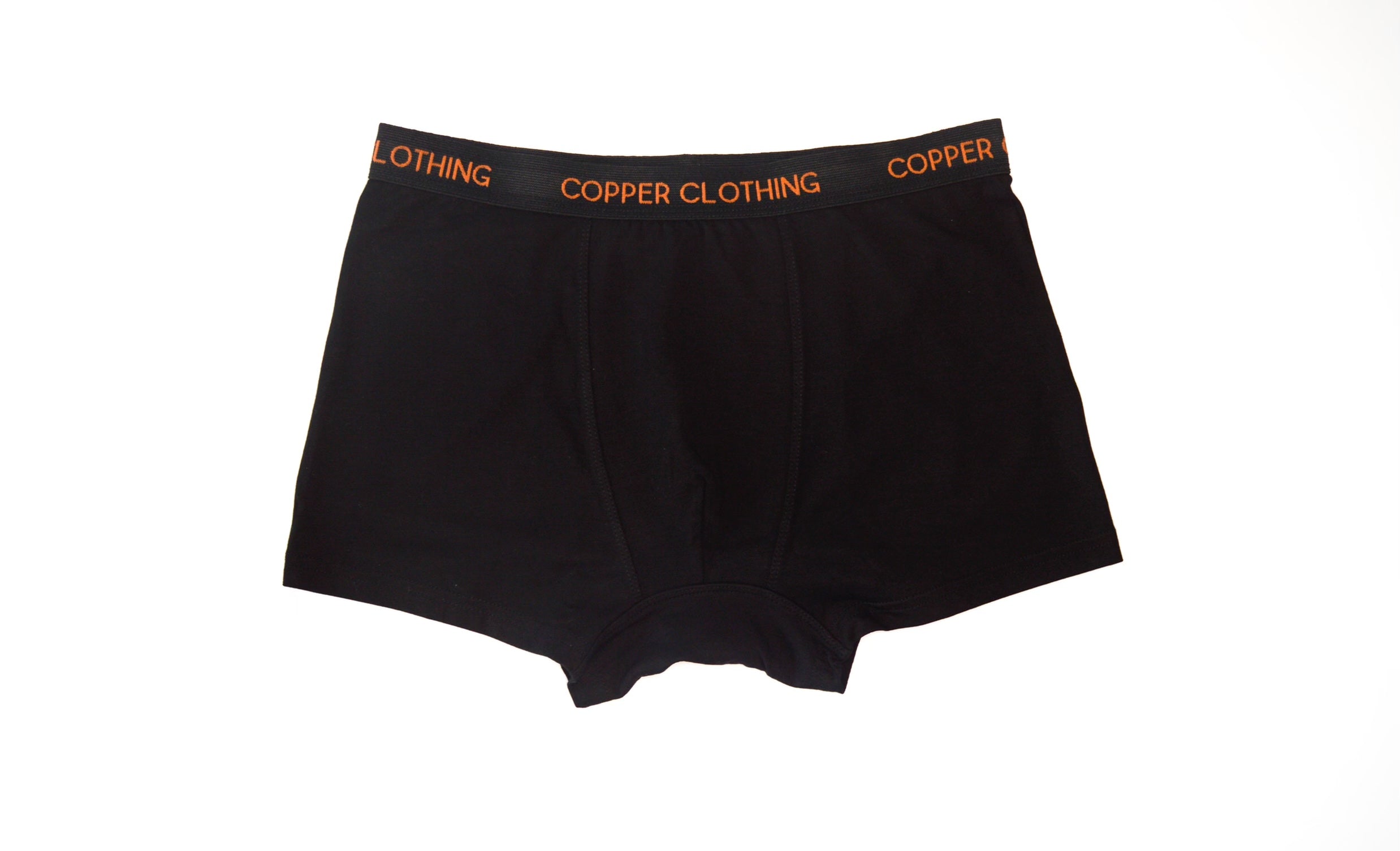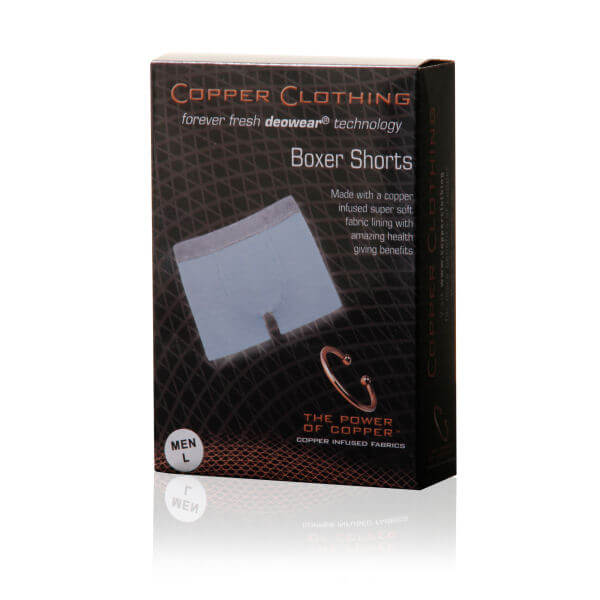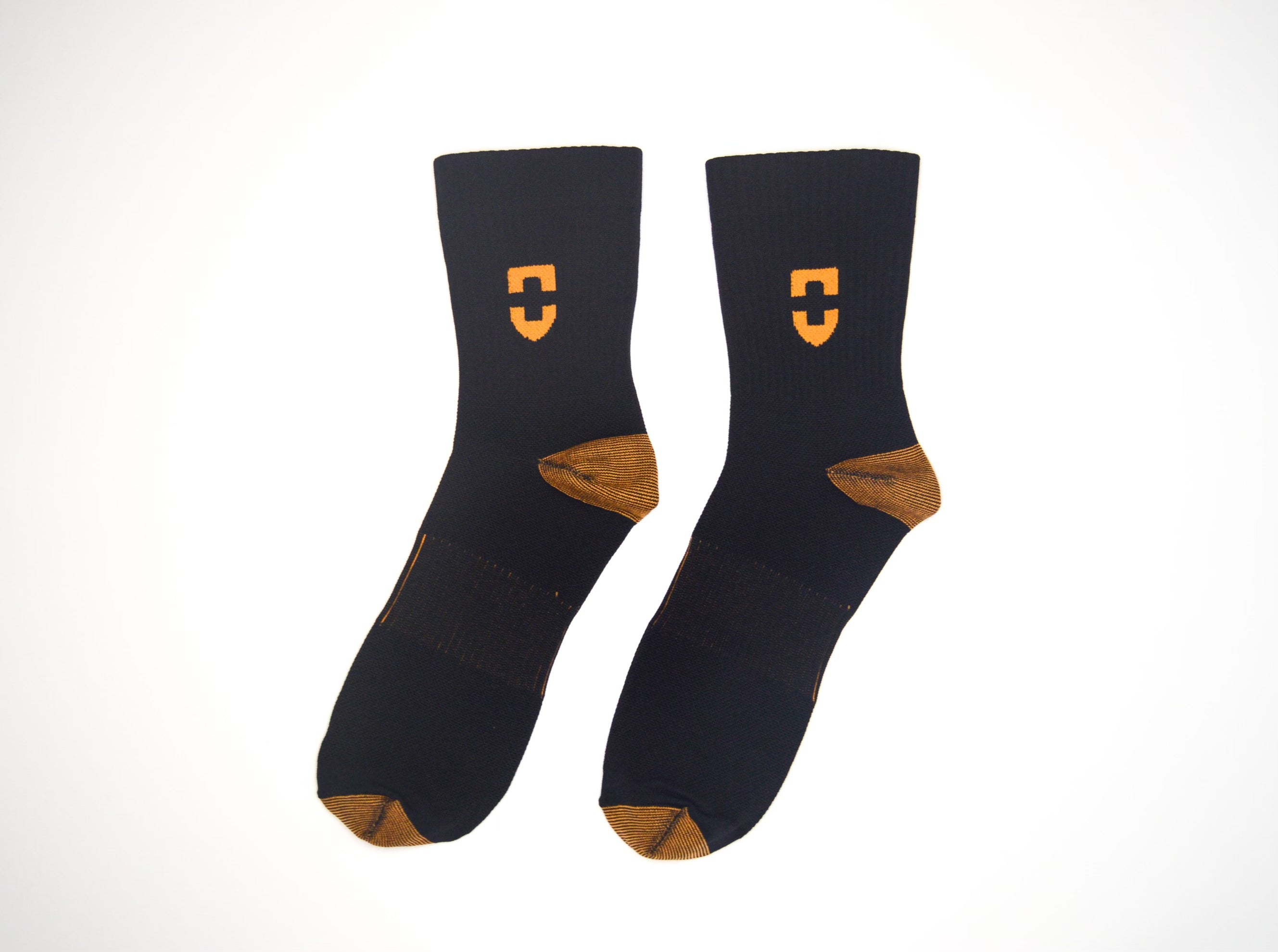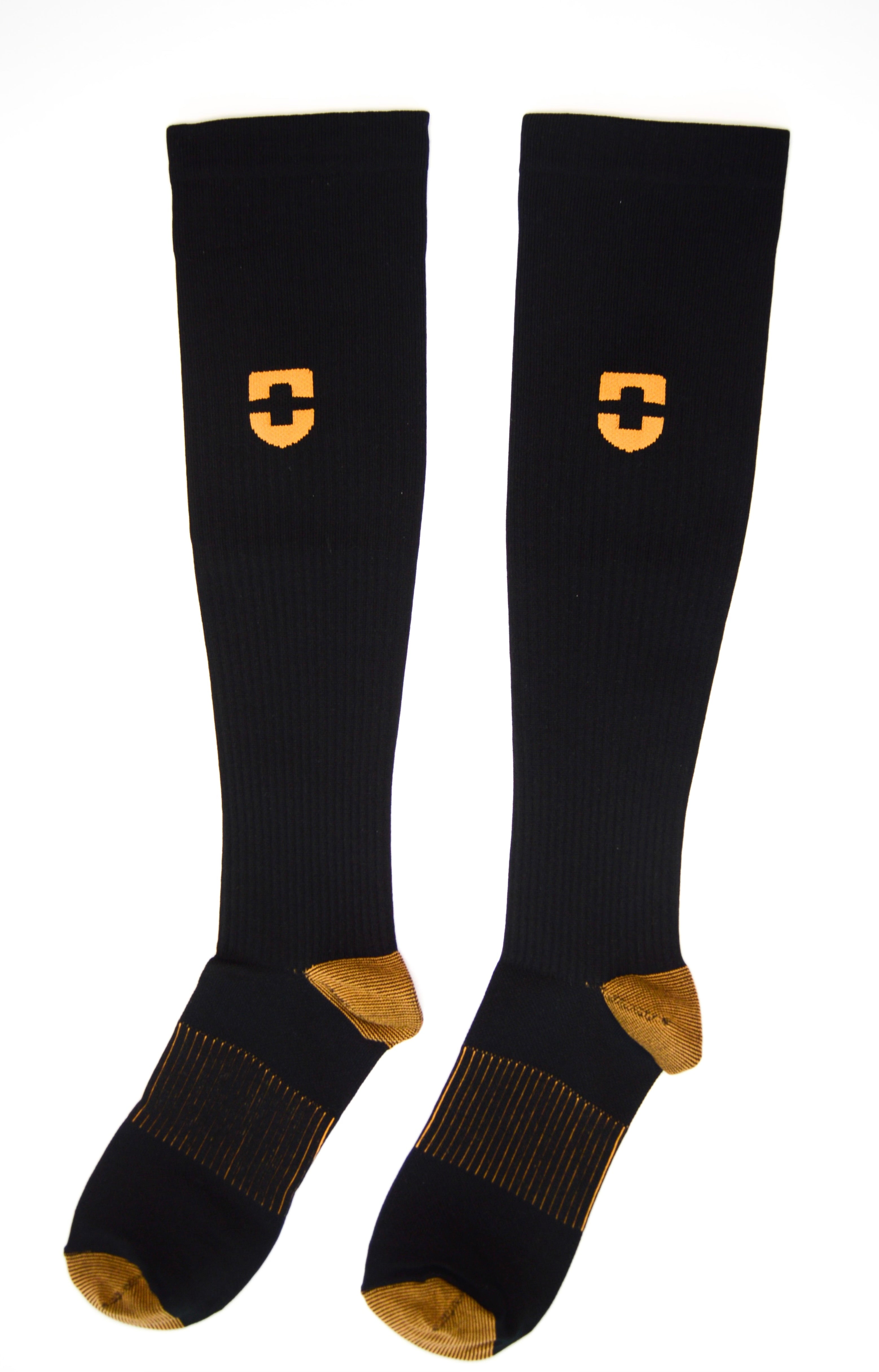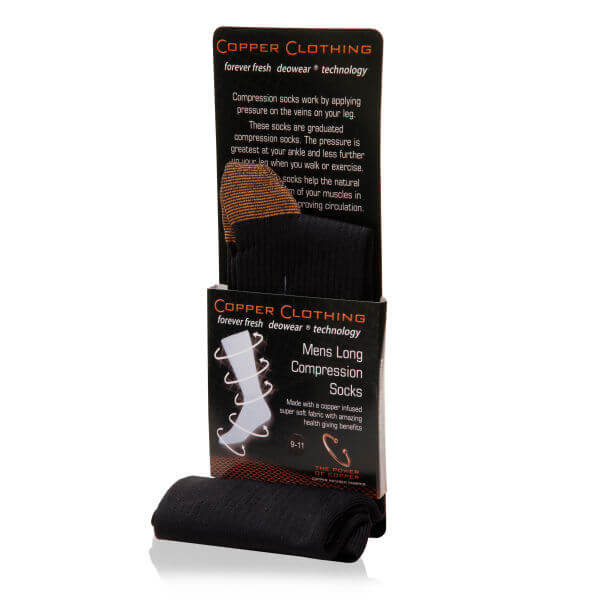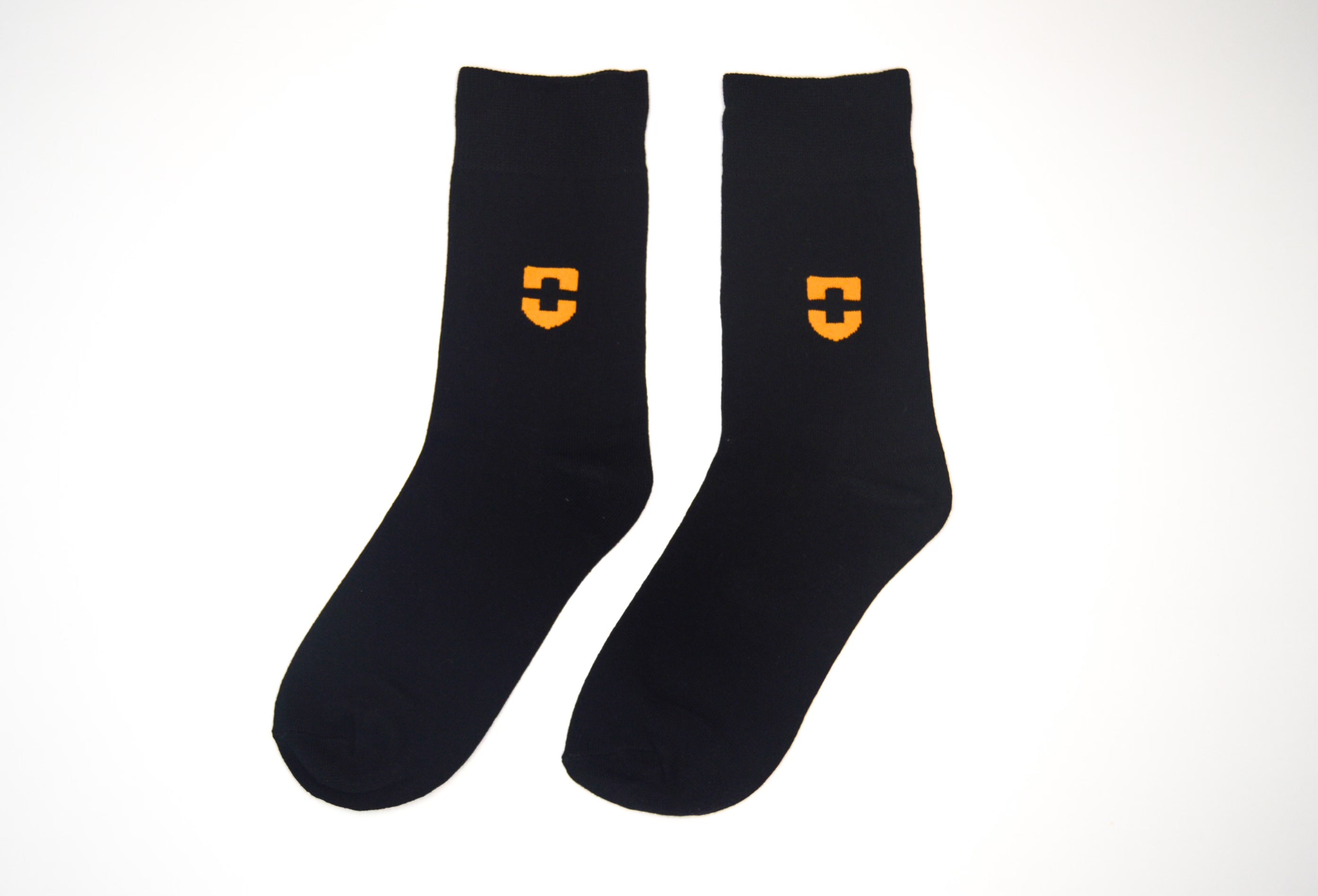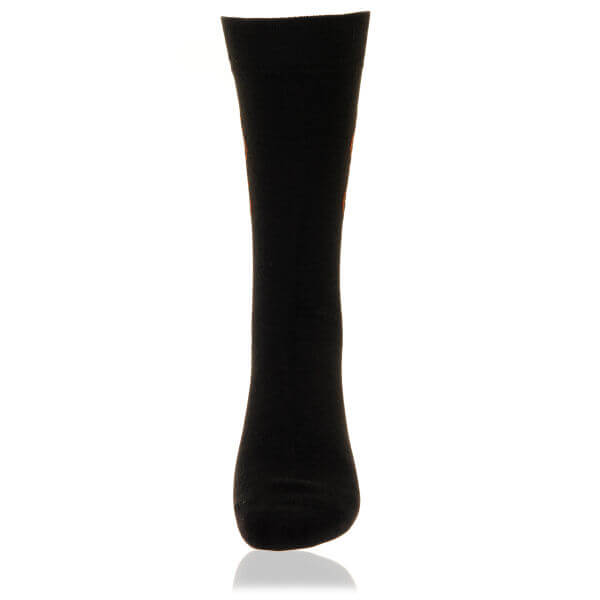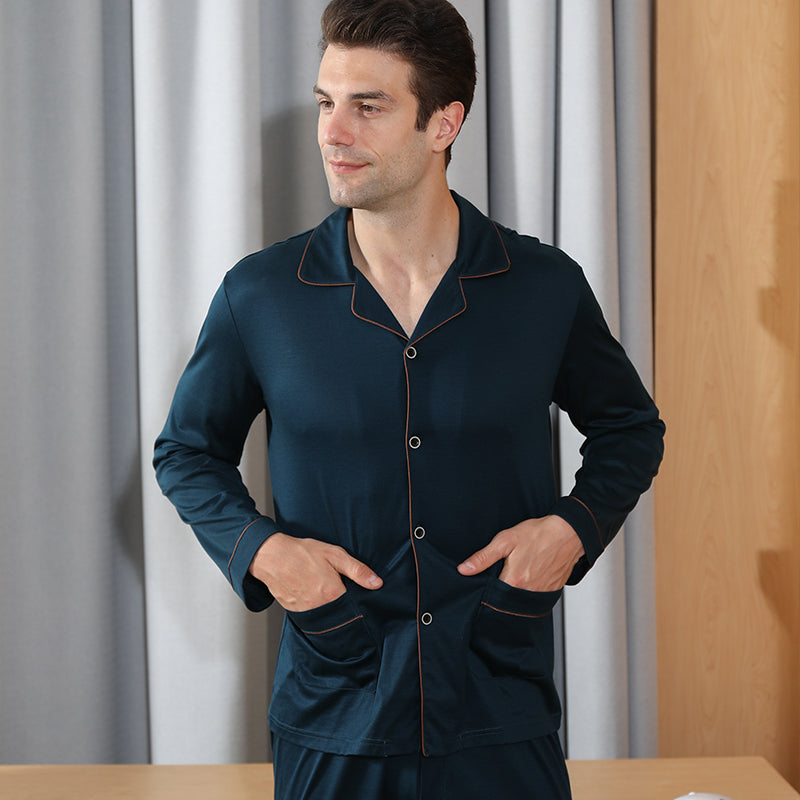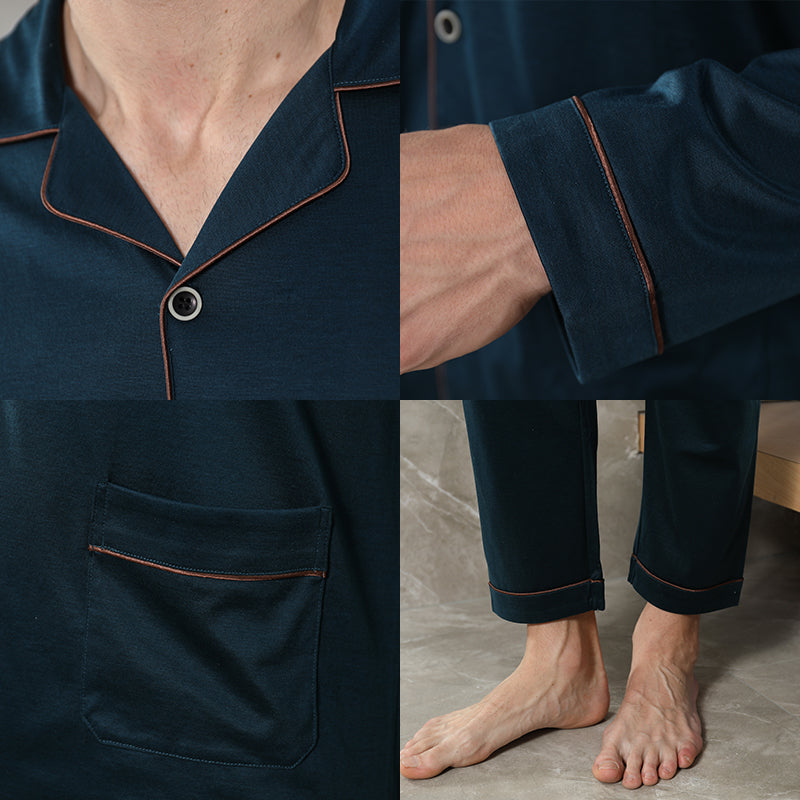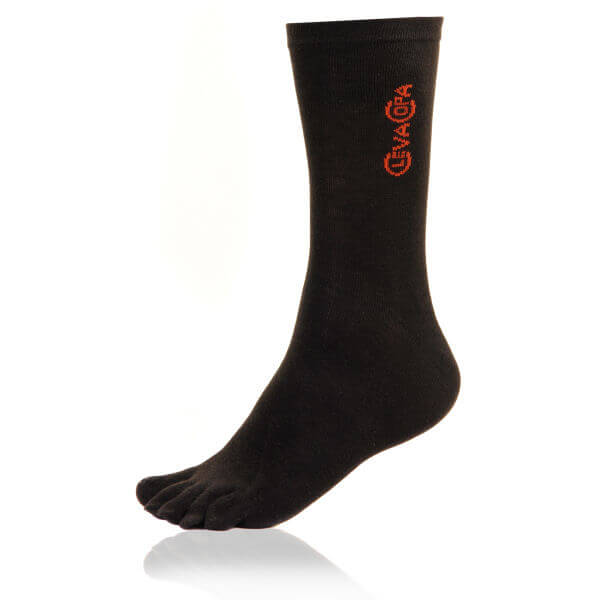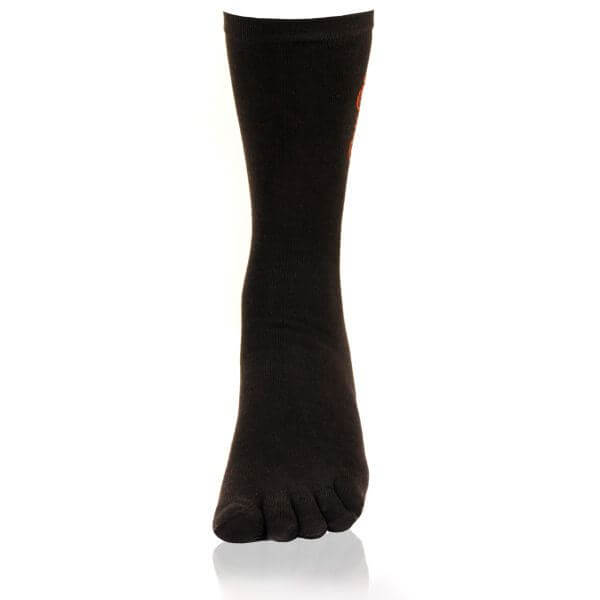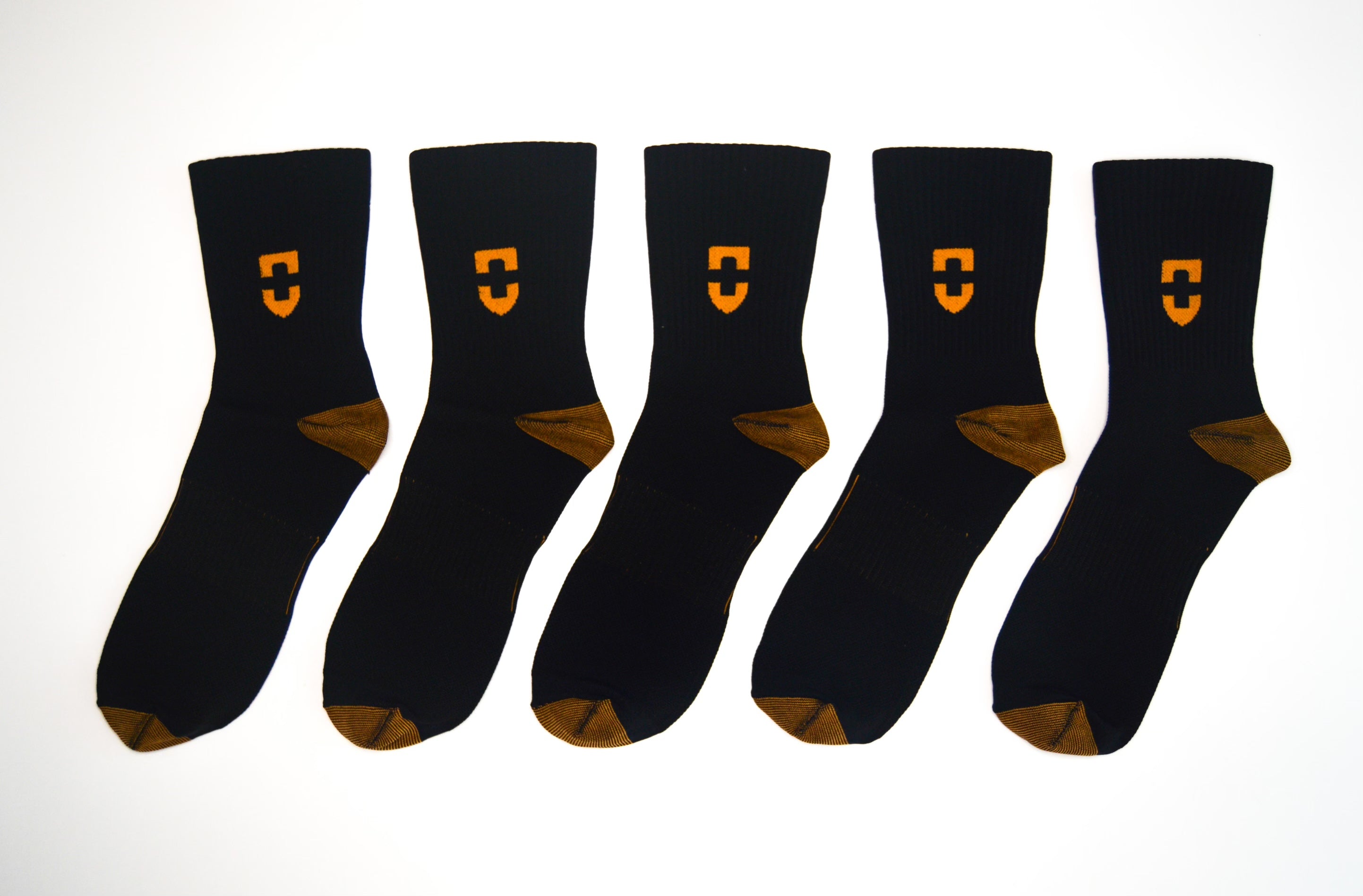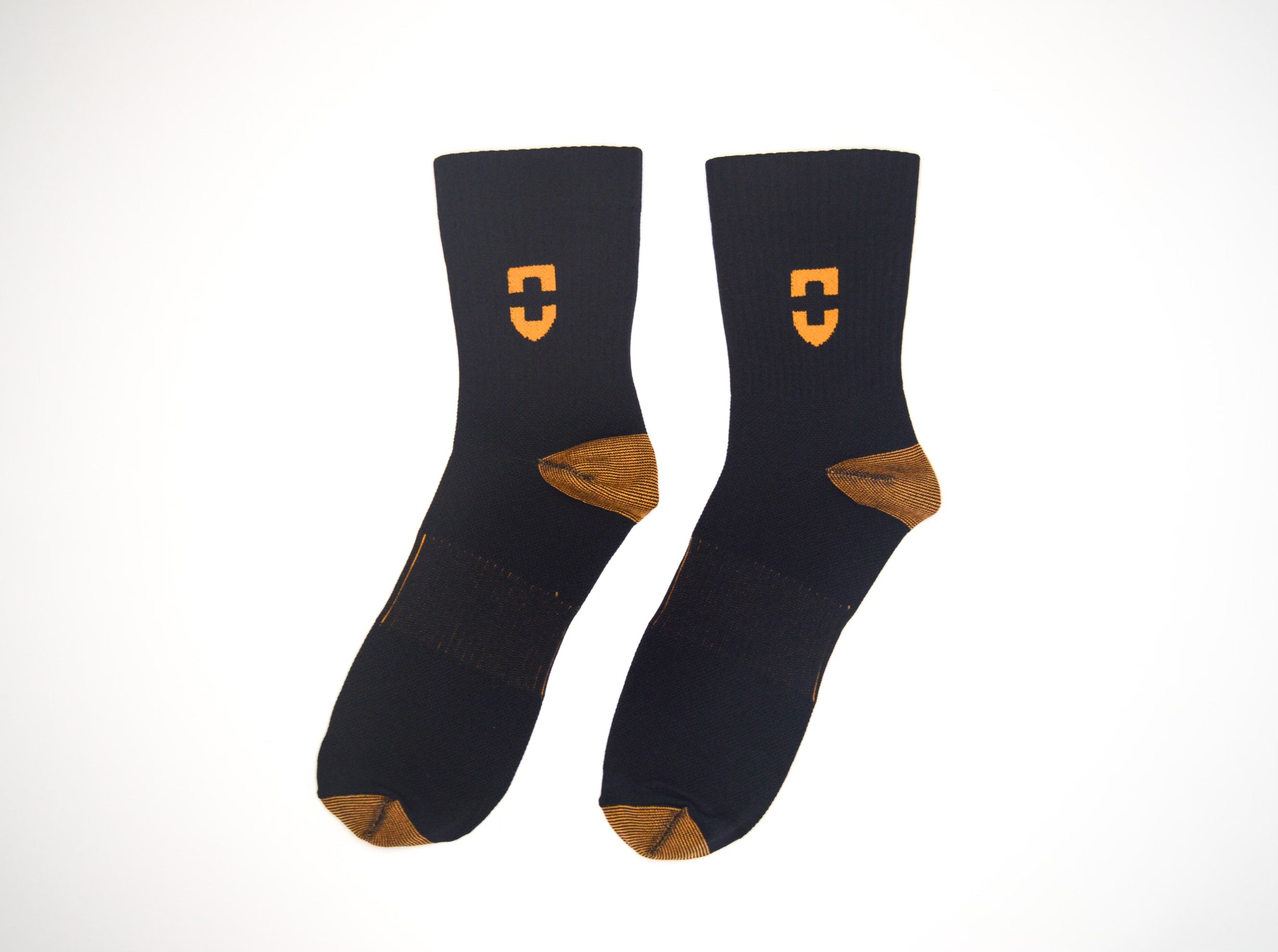How to Get Rid of the 10 Most Common Towel Troubles
Published
July 04 2024
Are you struggling with frayed edges, musty smells, or towels that seem to lose their softness after just a few washes? You're not alone.
Towels are an everyday essentials, but they come with their own set of unique challenges that can make your routine a little less luxurious. In this blog, we'll tackle the most frequent issues you may face with your towels and provide practical, easy-to-follow solutions to keep them looking and feeling their best.
Problem 1: Never Fully Dry
If you struggle with the irritating cycle of not getting dried towels, you should understand how to dry your towels well. Towels will only dry properly if they are well hung, if there is sufficient ventilation, or if they are not overlapped with another towel. Ensure you hang towels with enough space for proper air circulation—using a towel bar is more effective than a towel hook. Also, remember that bathroom towels should be used no more than 3 to 4 times before washing.
Problem 2: Issues with Absorbency
Are your bath towels struggling to absorb moisture effectively? It's a common issue that can be quite frustrating. The culprit could be hard water minerals, fabric softener buildup, or detergent residue, all of which can clog the towel’s fibres and reduce its water-absorbing capacity. The solution–try washing the towels occasionally in hot water with vinegar to eliminate any residue. And remember, avoid using fabric softeners, as they coat the fibres and further impede absorption. Whenever possible, air-drying towels can help maintain their effectiveness and preserve their absorbent qualities.
If you are experiencing an issue with towel absorbency, it’s time to switch to a copper-infused antimicrobial towel! Copper Clothing’s Anti-Microbial Bath Towel and Gym Towel are made with copper ions that contribute to super absorbing and fast-drying properties, making them great for daily use.
Try Copper Clothing's Anti-Microbial Bath Towel Today
Buy NowProblem 3: Colours are Fading
Spending money on vibrant and visually appealing bath towels only to see their colours fade can be disheartening. Several factors contribute to this issue, including the use of harsh detergents, prolonged sun exposure, and frequent washing in hot water. The strong chemicals in detergents can strip the dye molecules from the fabric, causing the colours to diminish over time. Sunlight accelerates this fading, particularly in darker shades. Additionally, hot water can weaken the fabric fibres and break down dye molecules, encouraging colour loss. To prevent fading, always wash towels in cold water and use mild detergents specifically designed for coloured fabrics.
Replace your old fading towels with copper-infused bath towels today!
Problem 4: Leaves an Odour
Bath towels that retain unpleasant odours can be a persistent issue, making them unpleasant to use even after laundering. These towel odours are often due to mildew and bacteria, which thrive in damp environments. This problem is exacerbated when towels are not dried properly or are stored in a humid bathroom, fostering bacterial growth and bad smells. To prevent lingering odours, ensure towels are completely dry before folding and storing them.
Washing towels with baking soda or vinegar can eliminate bacteria and mildew, effectively neutralising odours and leaving them fresh. Additionally, maintaining good ventilation in your bathroom and washing towels regularly can help prevent odour buildup and keep your towels clean.
Problem 5: Absence of Softness
Rough towels are a big nightmare that no one wants. But have you ever wondered why does your towel feel like sandpaper? Detergent residue buildup, hard water minerals, and frequent washing are key factors that contribute to this problem. These factors can cause the towel's fibres to become stiff over time, resulting in a rough and abrasive texture.
To restore the original softness, consider washing towels with vinegar or baking soda to dissolve any residue and soften the fibres. Additionally, use fabric softeners sparingly and avoid overdrying to maintain their plush feel. Regularly shaking out your towels before folding can also prevent stiffness and keep them soft and comfortable.
Problem 6: Has Frayed Edges
Bath towels with frayed edges appear shabby and untidy, diminishing both their visual appeal and functionality. This issue is often caused by rough handling, excessive washing, or inadequate stitching. Over time, the fibres at the towel’s edges may unravel, leading to fraying.
To address this, secure the edges with a tight zigzag stitch and trim any loose threads with scissors. Applying fabric glue along the frayed edges provides a temporary fix until proper repairs can be made. By promptly addressing frayed edges, you can prolong the lifespan of your towels and maintain their appearance.
Problem 7: Shedding Lint
Shedding or moulting is a common occurrence and mostly happens to new towels. Bath towel shedding happens because of the existence of loose fibres on them. The new towels are yet to go through any washing cycle, making the loose fibres on them shed every time you use them.
The problem of bath towel shedding goes away in a few washes, but if it still persists, try dissolving it in half a cup of baking soda and water. Add this mixture to hot water of about 60 degrees Celsius.
Problem 8: Deals with Residual Powder
Occasionally, freshly laundered fabrics display traces of the detergent used during the wash cycle. Towels and clothes washed with powder detergent often show a powdery residue, which becomes more noticeable in darker colours. This issue typically arises when the detergent doesn't fully dissolve due to insufficient water temperature during the wash cycle. It frequently occurs if clothes are added to the machine before the detergent, with water added last. To avoid this, reverse the order: add detergent first, then water, and finally, the clothes.
Another residue cause is powder detergent particles combined with hard water minerals during the spin cycle, leaving marks on various items. To eliminate this residue, soak the affected items in a mixture of one cup of vinegar and one gallon of lukewarm water. To prevent residue streaks in future washes, use the hottest fabric-safe water temperature and ensure the load size is appropriate for the machine and water level. Alternatively, consider switching to liquid detergent or using water softeners with your preferred powder detergent.
Problem 9: Turns Yellow
One of the most frustrating issues that can arise over multiple washings is the accumulation of a yellowish tint on towels or garments. This discolouration typically stems from either using too little detergent or washing with water that's not hot enough. To address the latter, simply increase the water temperature in future washes. If the yellowing appears to be due to using too little detergent, increase the amount used in subsequent cycles and consider adding a colour-safe bleach or a detergent booster.
The key is to wash lighter fabrics with the same thoroughness as other garments but with extra caution. Wash these items in hot cycles with regular detergent, but select a setting that cools the water by the second rinse. For light fabrics that have discoloured and cannot be bleached, pre-soak them in a detergent booster or enzyme solution before washing. Never use sodium hypochlorite bleach on items made of silk, wool, or spandex, as this will definitely cause yellow discolouration.
Problem 10: Lost Fluffiness
Bath towels may lose their fluffiness over time with frequent washes. To keep your towels plush, give them a vigorous shake before placing them in the dryer and once more after drying. Using dryer balls or clean tennis balls can help maintain their fluffiness. While air-drying towels outside in the sunshine imparts a fresh, airy scent, it may also leave them feeling coarse and stiff.
Ensure you shake the towels well before hanging them on the line and pin them on the shorter side for quicker drying and fewer wrinkles. If your towels become rough, you can soften them by tumbling them in the dryer for 3 to 5 minutes after they have dried on the line.
Switch to Modern Copper-Infused Technology!
If you are going through the above towel problems and none of the solutions work for you, it’s time to dump it and switch to a more modern copper-infused technology in your towels. Copper Clothing’s copper-infused bath towels are made of copper ions, creating an antimicrobial layer that destroys bacteria upon contact.
FAQs:
-
How to stop towels from getting rigid and scratchy?
Avoid using harsh detergent or fabric softener, as their residues may stiffen the towel. Use fabric softeners with vinegar and mild detergents to prevent your bath towels from getting scratchy and rigid.
-
How often should I wash my bath towels?
Washing bath towels every three to four uses is recommended to prevent bacterial growth and keep them fresh.
-
How to keep lint off microfibre towels?
To keep the lint off your microfibre towels, it is ideal to wash them with non-linting fabrics. It’s best to wash them alone without other types of fabrics, as that preserves the quality of your microfibre towels.
-
What ruins microfibre towels?
Avoid using bleach and fabric softener with microfibre products. Bleach can harm the fibres, and fabric softener disrupts the electrostatic energy that is essential for microfibre's effectiveness.









